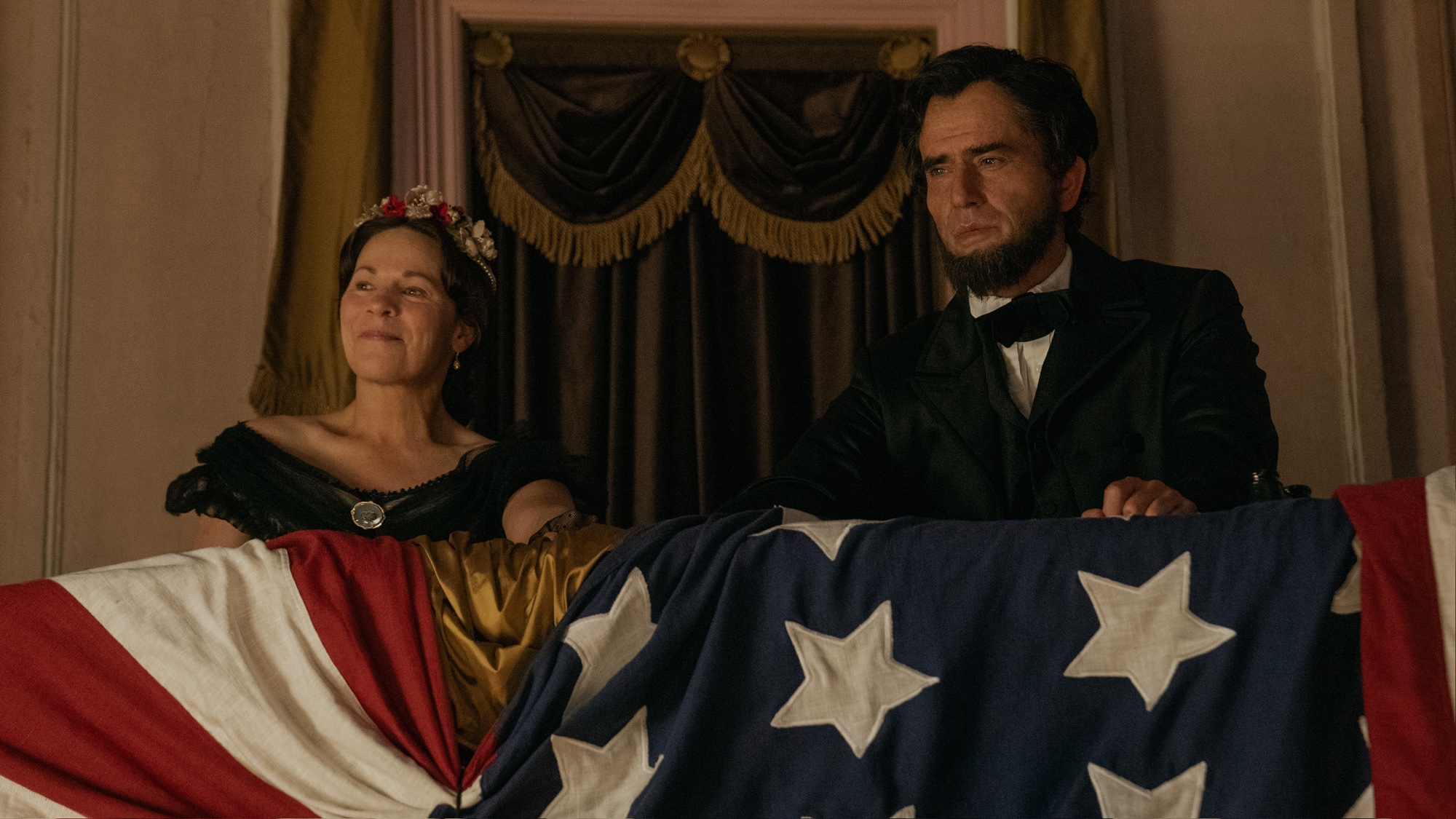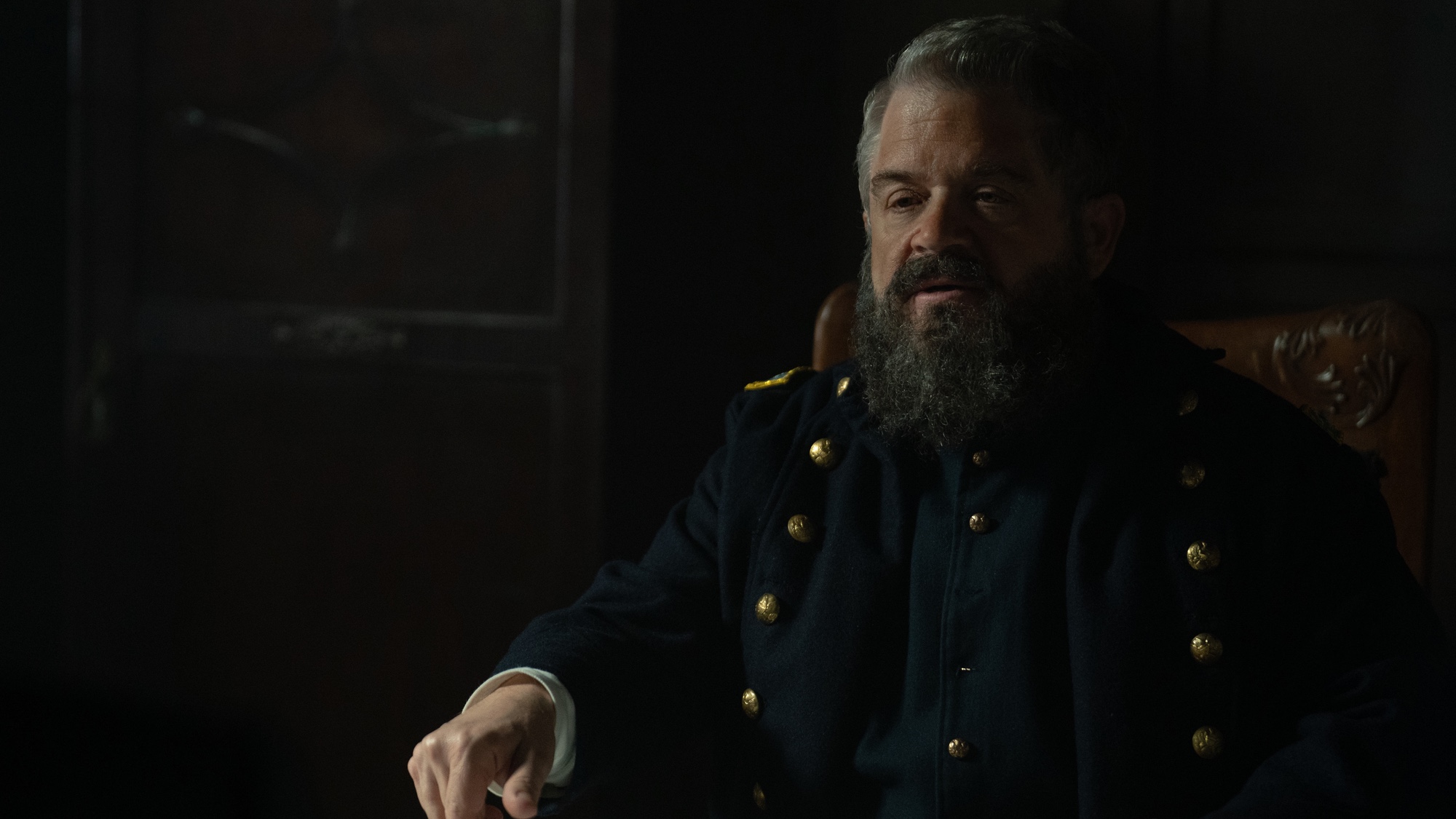
My wife and I decided to give "Manhunt" a try on Apple TV Plus. And if you were to ask me what that series is about, my response would be "about five episodes too many."
To be more accurate, "Manhunt" centers around the assassination of Abraham Lincoln and the subsequent search to capture John Wilkes Booth and his assorted collaborators. It took authorities 12 days to track down Booth, and "Manhunt" pays tribute to this effort by making you feel like you're watching it in real time.
In truth, "Manhunt" runs for seven episodes. But that's a lot of air time to fill. And in stretching out its story, "Manhunt" takes what should be a taut, thrilling tale of twists and turns and draws it out into something I struggled to stay engaged with. As a history buff, "Manhunt" should have been streaming catnip for me; in reality, I fell asleep with about 10 minutes to go in Episode 2. My wife and I tapped out right then and there.
It didn't need to be like this. As noted, the conspiracy to kill Lincoln and the hunt for the people behind the plot should be a riveting story. Four of the seven episodes were directed by John Dahl and Carl Franklin, and if you've ever seen "Red Rock West" or "Devil in a Blue Dress," respectively, you'd know that both directors can put together compelling thrillers. In front of the camera, Tobias Menzies is a little stiff for my tastes as Edwin Stanton, the Secretary of War who leads the hunt for Booth, but he's steady enough in the role. And familiar faces like Lili Taylor (Mary Todd Lincoln), Matt Walsh (Dr. Samuel Mudd) and Glenn Morshower (Andrew Johnson) pop up from time to time. We'll even overlook Patton Oswalt's period-appropriate if nevertheless distracting beard.

So what went wrong with "Manhunt?" I think it was when somebody decided to turn the show into a multi-episode series when a self-contained movie would have been the better choice.
"Manhunt" isn't the first show on a streaming service to fall victim to the desire to stretch things out. I'm a big fan of "Lupin" on Netflix, for example, but after a satisfying end to the second season of the show, I was surprised to find out that there's a "Lupin" season 3 (and "Lupin" season 4 apparently remains a possibility)! Any one of a number of Star Wars shows on Disney Plus probably would have been better as movies (or, you know, not existing at all, "Book of Boba Fett"). And there will be even more shows with inflated episode counts coming to a streaming service near you shortly.
That's down to the nature of streaming TV, where the goal is to keep people watching rather than to tell the story in the format that best suits it dramatically. As a result, you get what could have been a two-hour movie elongated into a multi-episode season with additional backstory that really doesn't serve the plot that well. Or you wind up with movies with bloated run times because no one — not the director, not the streaming service itself — is really incentivized to keep things nice and tight.
Don't misread this as a rant against long run times. I had no problem with "Killers of the Flower Moon" taking nearly four hours to tell its tale because I thought the deliberate placing served the slowly unfolding horror of that story well. Similarly, I've streamed movies that have come in at less than two hours but that felt like five. It all comes down to taking the exact amount of time you need to tell the story and not a minute more.

Getting back to "Manhunt," imagine how much more engaging that story would have been if it was three episodes at most. Yes, you would have needed to lose some of the plotlines and tighten up others. The incessant flashbacks the show uses would have needed to be dialed back. But in its place, you'd have a show that kept people on the edge of their seats, not slumped back on their couches, drifting off to sleep.
It's obviously too late to help out "Manhunt," but I hope the folks green-lighting programs at Apple TV Plus — or Netflix or Max or any one of a number of these services — start rethinking how they package their original programs. Storytellers need to settle on the format that best serves the story, not one that keeps the streaming numbers inflated.







